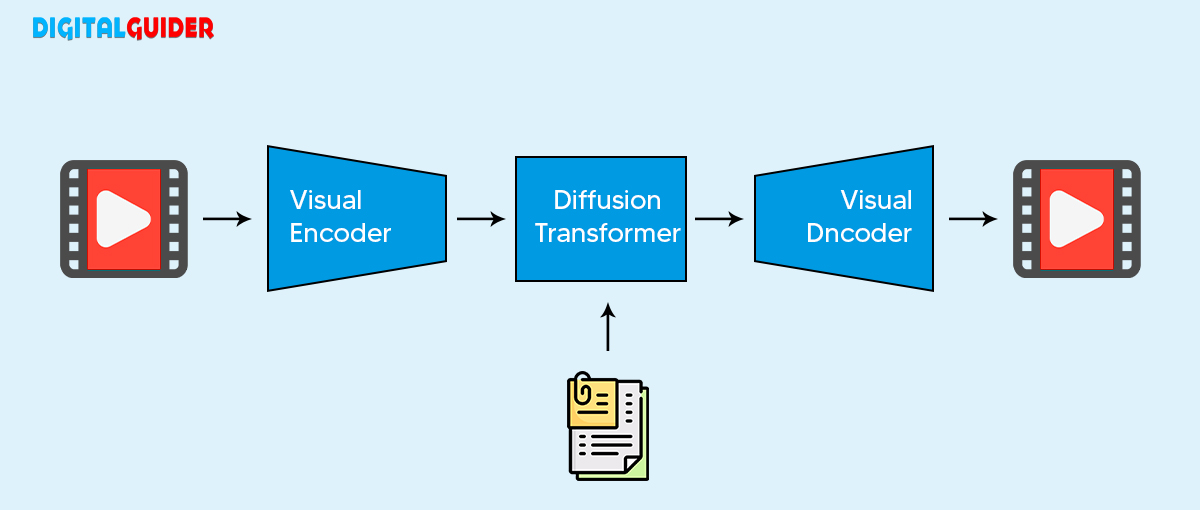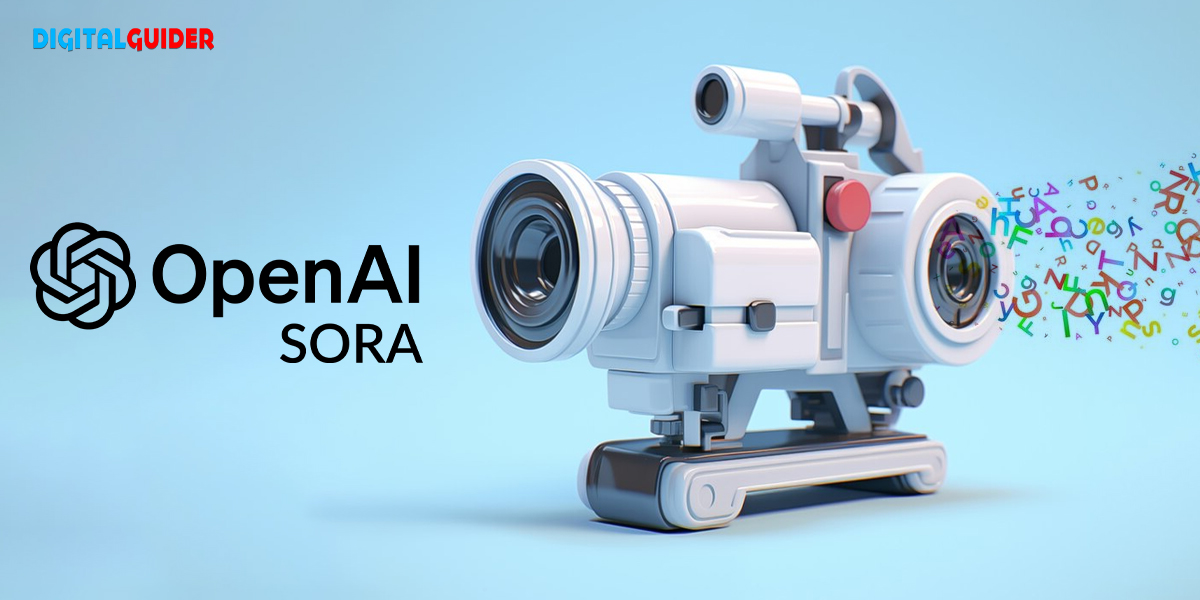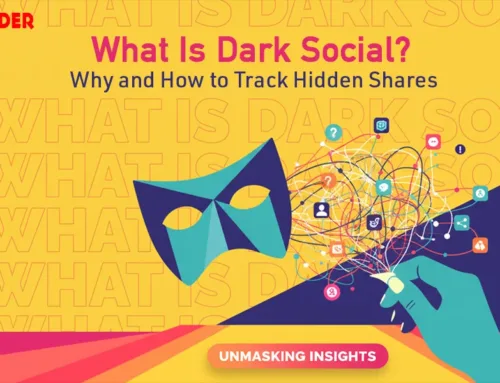OpenAI, established in 2015, redefines its growth in the tech world with powerful AI software like ChatGPT & photo generator DALL-E. Now, it is all set to show its A-game with its latest creation, Sora—an AI video generator.
Although Sora has been unavailable to many users, it is still a strong AI video tool competitor for other companies, such as META and Google.
Are you excited to learn more about this innovative software? Let’s explore its creation, learn how to use it, and uncover the key features that make it a futuristic standout among OpenAI models!
What is OpenAI Sora?
“Sora serves as a foundation for models that can understand and simulate the real world,” – OpenAI wrote in its announcement.
Sora is a text-video generative AI tool for creating clips based on written prompts and providing ideas already existing in the physical world. It can generate video up to 1080 resolution on widescreen, vertical, and square aspects. The AI video ranges between 20 seconds to 1 minute.
During the research phase in early February, the tool was introduced as Sora. Later, it was renamed and launched as Sora Turbo on December 9, 2024. Sora Turbo is an improved version of OpenAI Sora. It helps create faster, higher-quality videos with a host editing feature that allows you to clip and create sequences while preserving the unedited parts.
What are OpenAI Sora Prompts?
Sora Prompts are textual descriptions that convey the video output and act as a guide for the AI video generator. They also serve as a blueprint for AI in creating and presenting content and its tone.
The key elements to be remembered while writing prompts:
Be specific:
Refrain from giving vague descriptions; they should be clear and concise to be understandable.
Focus on the atmospheric description:
Use descriptive language to convey the content’s setting, tone, or mood.
Include cinematic details:
Think creatively using visual styles, camera angles, lighting, and characteristics of characters (if any).
Experiment & Refine:
Tweak your prompts and test different inputs to achieve the desired outcome.
Source: OpenAI's Sora. Let’s look at one of the first prompts written by the Sora testers to check the working of the AI software:
A stylish woman walks down a Tokyo street filled with warm, glowing neon and animated city signage. She wears a black leather jacket, a long red dress, and black boots and carries a black purse. She wears sunglasses and red lipstick. She walks confidently and casually. The street is damp and reflective, creating a mirror effect of the colorful lights. Many pedestrians walk about.
How does OpenAI Sora work?
Sora is a diffusion model combined with a transformer. It utilizes a diffusion transformer architecture to generate realistic videos. Its model is similar to AI text-to-image generative models, such as DALL·E 3.
Sora’s understanding of different languages sets it apart, making it accessible to a broader audience. Though it shares similarities with large language models like ChatGPT, OpenAI Sora focuses on visual content instead of processing tokens (text, code, or mathematics). Thus, it creates its output using visual patches instead of tokens.
What are Visual Patches?
Visual patches refer to small, segmented portions of a video frame that are foundational for creating new video content. Sora treats them as a collection of frames, where each frame is decomposed into a group of pixels. These pixels are treated as a 3-D structure, where it keeps a look at how it changes over time.

Source: OpenAIMechanism of SORA
The process uses three main elements: a diffusion transformer, a visual decoder, and a visual encoder. It frames the model’s architecture, and each component plays a vital role in creating high-quality output and seamless functionality.

- Visual Encoder: The videos are compressed in the visual encoder in a latent space (hidden space) that decreases the dimensionality. It stores information regarding spatial (the location of a pixel) and temporal (the relation of pixels with time).
- Space-time patches: The latent compressed representation is converted into space-time patches, which are then used as tokens for the transformer.
- Diffusion Transformer: According to the user’s instructions, the diffusion transformer creates sequences of visual patches. These visual patches are then filled with noise and undergo a diffusion process, during which they are denoised.
- Decoding: Once the diffusion process is completed on the latent representation, it is converted back to video format.
Key Features of Sora
OpenAI undoubtedly stepped up with this innovation. AI Sora offers a range of features for creating and editing videos seamlessly. You can find instructions on editing AI-generated SORA videos provided by OpenAI on their official YouTube account.
Remixing:
Changing an existing video’s colors, backgrounds, or elements while maintaining its essence.
Re-cut:
Focus on impactful frames to improve storytelling and pacing.
Loop:
Repeat the clip seamlessly to ensure a consistent rhythm and visuals.
Style Presets:
Use predefined aesthetic templates like film noir, colors, and styles.
Blend:
Merge pictures and video sequences from different videos to create a unique composition.
Storyboard:
The Sors storyboard enables video creation by selecting individual frames. You can access the storyboard from the option in your input section or by selecting the recut option to open a video in a new storyboard.
Uses of OpenAI Sora
OpenAI Sora has diverse applications across different disciplines. Some of its key applications in these domains can benefit particular disciplines.
Entertainment and media:
OpenAI Sora has a crucial impact on creative minds. When the AI software was launched, a heated discussion was provoked among creatives. The production of cinematically appealing 2-minute-long videos could change the traditional form of filming films.
On the contrary, keeping up with the fear of creatives like Tyler Perry, producer, and owner of a big studio, OpenAI SORA, already launched a music video.
Thus reflecting the change in the world of technology and innovation.
Advertising and Marketing:
OpenAI Sora has the potential to redefine video production, including ads and campaign videos, and provide marketers with an extraordinary storytelling tool. Sora combines NLP, computer vision, and machine learning, creating crisp clips from text prompts within seconds.
Among marketing heads, Artform CEO Janet Waring paved the way for AI-driven career development and the acceptance of tools like Sora once they are available for market use.
Interesting Read: What is Google Gemini AI and How Does it Transform Digital Advertising?
Education and Training:
Generative AI has dramatically changed the education system and its perception. The education system has transformed traditional textual studies into AI-powered, personalized, and more practical-based learning.
For instance, learning about photosynthesis, rather than memorizing, can be practically how a plant in the sun makes its food through photosynthesis and growth. It will make the learning engaging and interactive. Most importantly, tech-friendly learning is gained with less time consumption and cost efficiency.
For Personal Projects:
After seeing how OpenAI Sora has impacted different domains in multiple ways, it can be an excellent tool for personal projects if used correctly and cautiously. Sora can be helpful for my professional growth, as it can be used to make videos and reels to enhance your social media sites like Instagram, Twitter, and LinkedIn for increased views and approach, boosting your blog content.
It can also help with personal branding by creating a personal touch for your emails, LinkedIn profile, and website through video signatures and outros.
Preventing Abuse in OpenAI Sora
All innovations have pros and cons; understanding the negatives and prevention are essential to enhancing the positives.
Access Regulation:
Access to Sora is limited. It is age-restricted; only adults (above 18 years) can use Sora. The content visuals related to minors are prohibited.
To address concerns such as likeness and deepfakes, strict moderation standards apply to uploads featuring people blocking nudity-related content.
Red Teaming:
Red teaming is a practice used in AI Sora. It has a dedicated team of domain experts who look for potential risks. Experts monitor artificial intelligence, pinpoint potential risks, and plan preventive measures.
Red teaming tends to identify flaws in AI by attacking the software with malicious inputs, data poisoning, and manipulation attempts. These attacks register how the software reacts and whether it produces harmful outputs.

Transparency:
Transparency and traceability in OpenAI Sora help users identify the video created by AI, combating misinformation and malicious acts. Visible watermarks and C2PA metadata also help retain transparency, prompting responsible technology use and building user trust.
Ethical Safeguards:
OpenAI has implemented safeguarding policies for users to address risks such as deepfakes, nudity, and explicit content. Therefore, it prioritized the moral usage of the technology.
Limitations of using Sora AI
While the highly adapted futuristic video generator also tends to have limitations:
Physical Accuracy:
AI Sora struggles to represent realistic physics and cause-and-effect relationships. For instance, in the video, mending broken things unrealistically.
Constraints in Video Duration:
Sora is only trained to make videos of 20 seconds to one minute. However, generating videos longer introduces visual artifacts, loss of continuity, and inconsistency. Therefore, Sora will be preferred for making short videos.
Defective objects:
The realistic video sometimes creates an unrealistic move in the videos. Changing places and disappearing between the videos can make it unreasonable.
Difficulty with Sora Prompts:
Sora solely works on written texts or prompts, which are essential for generating a video. Prompts outside of Sora’s data can result in low-quantity output.
Conclusion
OpenAI Sora is a powerful text-to-video generative tool. The thought of being futuristic is visible in the AI software, including editing prompts, remixing videos, etc. Thus, Sora shows its immense potential to mimic and expand human visual imagination to a massive scale.
Want to know more about AI tools and software? Contact Digital Guider now.







